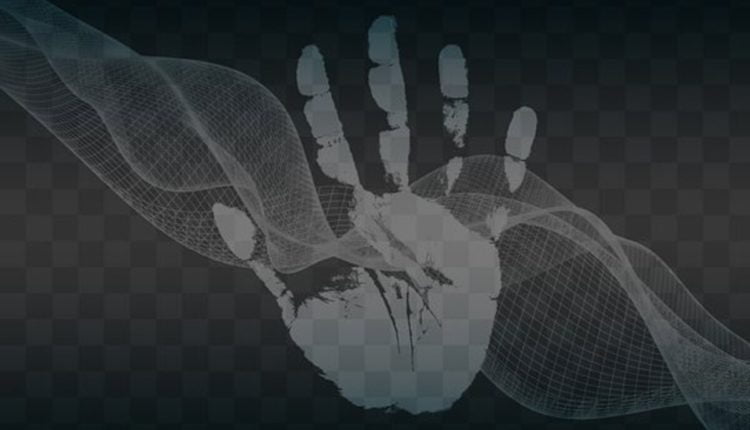Sun Tzu, China’s military general, strategist, as well as philosopher, said that if you know your enemies and know yourself, you will not be imperiled in 100 battles; if you do not know your enemies but do know yourself, you will win one as well as lose one; if you do not understand your enemies nor your self, you will be imperiled in every solitary battle. Find out How to recover my lost funds?
To meet the protection demands of the 21st millennium, organizations are increasingly identifying their interconnectivity and interdependence with the external environment. The external environment can continually make demands and creates possibilities requiring businesses to understand and adapt accordingly. Any activity taken by a company also results in the prospect involving changes within the external natural environment.
Many variables usually influence an organization’s degree of susceptibility to security risk. There are the more conventional variables such as the business operating type, business performance, and the organization’s history and the increasingly powerful external agents, including buyers, interest or pressure organizations, communities, and the media, which are all themselves susceptible to impact. For example, an organization’s social responsibility user profile, whether actual or perceived, may significantly increase the prospect associated with threats to the security of the business.
Providing the level and breadth of protection necessary to protect a company requires a security strategy that builds on existing exercises, incorporating a higher level of knowledge to establish why those giving or carrying out a threat decided to do so from the circumstance of their environment. Using this info and working in conjunction with supportive agencies, it is possible to impact and co-produce outcomes that reduce or remove the danger.
The choice of those representing the threat can be viewed as the discussion of three aspects; level of self-interest, emotional choice, and the cultural norms of the person or group. The nature of the actual threat may be proactive, for example, a hostile agency in pursuit of any objective or goal, or maybe reactive in terms of an agency answering a business change or business proposal.
Business Diplomacy offers an onward-looking, proactive strategy to indulge directly or indirectly with agencies to eliminate, dissolve or divert the threat.
Business Diplomacy involves identifying geopolitical and social factors that could affect a company’s surgical procedures, both at home and in foreign countries, and the broad range of governments and nongovernmental stakeholders who can shape how those variables impact the company. It employs this analysis to help produce information networks and affect the key stakeholders. All these networks are, employed to construct “coalitions of the willing” to promote, protect, and send out commercial interests. The marketing networks can also be used to isolate or disrupt hostile stakeholders or maybe coalitions of stakeholders that are objective of damaging the company.
In cybersecurity, a Business Diplomacy powered approach would identify those or groups who symbolize a threat or may be planning to launch an assault against the company and their inspiration. This process would be supported by cleverness, such as the various data scraping technologies that allow the internet monitoring of chatrooms, social networking, and other sources of information about any potential cyber attacker’s objectives.
The analysis would additionally identify those governmental and nongovernmental stakeholders who would become more supportive of the company. Based on the outcome of the analysis, the organization would develop strategies, for instance, disruption, isolation, education, or maybe diversion, for example:
A disruption method would either aim to will help the threat through dialogue with my spouse and, i. e. to dissipate or maybe resolve the conflict, or maybe it would seek to undermine the proportions of the cyber attackers to execute an attack
A strategy involving isolation would typically focus on the cyber enemies’ motivations. Working with largely nongovernmental stakeholders who, to some extent, typically share the motivations of the would-be online attackers but not their approaches, the company would seek to segregate the cyber attackers in their community, increasing force on them from their peers not ever to attack the company.
An education technique whereby the company would create a public diplomacy strategy to produce a political and interpersonal environment in which an assault would make little sense
Lastly, a diversion strategy might use the networks to persuade cyber attackers to divert their attention from the company. A diversion will likely become a significant cybersecurity strategy for the 21st century, with companies already pursuing this along with NGOs, e. g., BP and Greenpeace.
The ownership of a more forward-searching approach incorporating Business Diplomacy will enable organizations to cultivate multidimensional, networked human relationships and mitigate security dangers in an increasingly unstable business environment.
The twenty-first century holds many issues for private and public-sector organizations. The combined proliferation of global offer chains increased turbulence in the international environment and forced the transfer of experienced businesses. Many acts to transform challengesve organizations are now operating around the globe or, in the case of new businesses, are generally global from inception. Typically the international environment represents realtors that are not within the organization’s control but may have a principal or indirect impact on judgments, activities, and the overall good results of the business.
Read also: Exercise Online For A Career Inside Computer Repair


